Review of Wim Wenders Collection (10 Disc Box Set)
Introduction
Wim Wenders - credible art-house genius or dull, ostentatious auteur? Either way, German director Wenders has a reputation for making slow-moving, protracted pieces of cinema with a very distinct visual style. Perhaps best known for his Palm d`Or winners at Cannes, `Paris, Texas` and `Wings of Desire`, Wenders has built up a fearsome catalogue of fastidiously single-minded works since his emergence in the new wave, or counter-culture renaissance, of German cinema during the 1960s.
Anchor Bay, previously responsible for the `Wim Wenders Collection` set of individual releases, have now turned their hand to this 10-disc boxset wielding the same name. This review takes a look at five of the films from the set, which is on release now: 1973`s `The Scarlet Letter`, 1977`s `The American Friend`, 1985`s `Tokyo-Ga`, 1989`s `A Notebook on Cities and Clothes` and 1995`s `A Trick of the Light`.
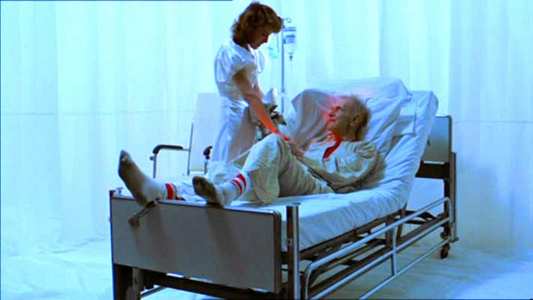
Video
`The Scarlet Letter`, in anamorphic 1.85:1, is rather soft, fairly dirty, with plenty of film noise.
`The American Friend`, presented in anamorphic 1.85:1, suffers from a little dirt on a print that could have used a clean-up in places, and looks a little dull. Occasionally it appears very grainy, particularly in bright scenes that show up every flaw of the print.
`Tokyo-Ga` is presented in full-frame 4:3, and suffers from grain - particularly prevalent in the outdoors scenes - and has a tendency to shudder.
`A Notebook on Cities and Clothes`, presented in 1.85:1, is very soft, almost to the point of looking out of focus at times, suffers from fuzzy and washed out colours and shimmers from time to time.
Presented in 4:3, the transfer for `A Trick of the Light` is, for the most part, solid, with a few instances of dirt and dust from the print being the only real negatives.
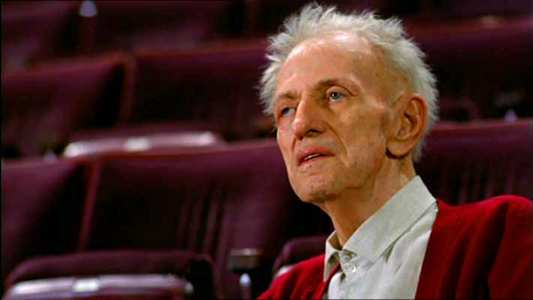
Audio
`Tokyo-Ga`, `A Notebook on Cities and Clothes`, `A Trick of The Light` and `The Scarlet Letter` all have the option of Dolby Digital in both 5.1 and 2.0 flavours, with the latter two in German as opposed to English. For each and every one, the 5.1 is entirely centre-focused, unsurprising in what are mainly dialogue-heavy films, and as such, have no advantages over the stereo track, with even the incidental music throughout barely leaking through the front or rear surrounds, so you may as well be listening in mono. The only time the stereo track appears to have a clear one over on the `surround` track is on `A Trick of the Light`, where a low, but audible hiss can be clearly heard on the German 5.1, but barely on the stereo mix.
`The American Friend`, also with the options running to Dolby Digital 5.1 and 2.0 in English, shows a little more surround aptitude in the surround track than its peers, but just barely; there`s the odd trickle through of the score to the front and rear speakers.
While there are English subtitles across all 5 discs, they vary in their usefulness. The German-language films are well subtitled for non-German speakers, yet the English language documentaries, `Tokyo-Ga` and `A Notebook on Cities and Clothes`, have auto-selected subtitles which only kick in when non-English is being spoken on-screen, and sadly don`t follow Wenders` narration.

Features
The sole extra on this selection of discs is a fairly diverting commentary from Wenders on `The American Friend`, but in selection of five titles, one commentary is a little stingy, no?
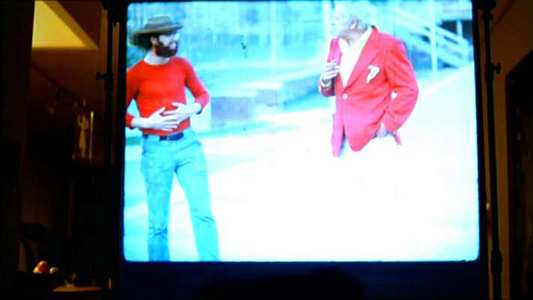
Conclusion
`The Scarlet Letter` is one of the many adaptations of Nathaniel Hawthorne`s classic nineteenth-century novel. Hester Prynne is branded, literally, as an adulteress for having a child out of wedlock, and for refusing to name the father she is mercilessly harassed by the townsfolk. When her estranged husband appears in town, he keeps his identity secret as he resolves to get to the bottom of the situation. Wenders` adaptation looks great and is competently acted, making for an interesting watch, but suffers from an overburdened score which often detracts from the mood he`s trying to create. Still, it`s definitely one of the more interesting perspectives on the classic English class staple, though it isn`t particularly faithful to the source, and adopts a style of narrative which owes more to the mind of Wenders than what was originally envisioned by Hawthorne.
`The American Friend` is an adaptation of Patricia Highsmith`s novel `Ripley`s Game`. Set in Hamburg, it`s the chilling tale of a dying German picture framer who is beguiled into becoming a hitman for mobsters by American art dealer Thomas Ripley. Wenders` take on the fairly stock thriller genre results in a film that`s more ponderous and character-driven than other late-seventies crime thrillers, but with a solid, noir-ish story and fine performances, it`s well worth watching. In particular, Bruno Ganz as the unfortunate pawn caught up in a dangerous game of manipulation is great, and `crazy horse` Dennis Hopper`s turn as the infamously duplicitous Tom Ripley is interesting - weak, fallible and unsure of himself - a far cry from the callous and cold sociopath as portrayed by John Malkovich in the other adaptation of Highsmith`s novel, 2002`s `Ripley`s Game`, and from the repute as a bit of a nutter Hopper has built himself with later roles.
`Tokyo-Ga` is a fairly interesting and clearly very personal documentary on not only how Tokyo of the 1980s measures up against the Tokyo of the 1930s-1960s - a city and period Wenders fell in love with from afar through the work of legendary Japanese film-maker Yasujiro Ozu - but the effect Ozu had on those who worked with him, featuring interviews with actors and assistants who worked under him. With the piece, Wenders seeks to do what his hero Ozu did with his career in film, which is to explore the transitory nature of Japanese culture through a lens. Always one to let his images speak for themselves, it has Wenders producing a relaxed and reserved narration as he explores the cross-pollination, globalisation and, to his utter dismay, Americanisation of the country`s society. As it clearly depicts his own viewpoint, `Tokyo-Ga` has a tendency to come off as not only a little self-indulgent, but one-sided and twisted to support his gaijin views, particularly his dirge towards the lack of significance of the old cultures and traditions in modern Japan. The stance of Wenders` musings are overtly philosophical, with a little social observation, and for all its gushing over Ozu, it never directly plays with the notion that perhaps the Tokyo that the absolute perfectionist in Ozu created never really existed.
`A Notebook on Cities and Clothes`, the second Japanese-themed documentary from closet Asiaophile Wenders, focuses on the theme of modern identity through perhaps the most obvious vessel of personal aesthetic expression - fashion, exploring the work of Japanese designer Yohji Yamamoto. He meets up with Yamamoto on a few occasions in his home city of Tokyo, where they discuss the relationship between who we are, where we live and what we wear, and what, if any, relation it has to the age of modern cinema. As always, Wenders shows he truly knows how to work the business end of a camera, with some grand composition and framing, but it`s all a little style over substance. As an example of a man with the luxury of creating very personal works that meet his own tastes, the appeal of `Notebook` is very narrow, and although well crafted and visually appealing, the discussions and following of Yamamoto as he does his thing as a fashion designer are superfluous, and unless you have a keen interest in fashion, the motifs and themes of the social sciences or simply adore any old gubbins with the Wim Wenders hallmark, it`s hardly the most stimulating documentary you`ll ever see.
`A Trick of the Light` starts off in the style of an early black and white talkie, as a young German girl recounts the tale of watching her father, Max Skladanowsky, endeavour to invent the bioscope - the forerunner to the projector and an invention which would see him christened as the "co-founder of cinematography". The film later cuts to the same girl, now a charming elderly woman, as she continues her tale in front of Wim Wenders and his crew. Part documentary, part fictional reconstruction of events, the two are blended together to make a rather unique film, as Wenders and his crew become essentially part of the film, as characters from her story spring to life in front of them as they conduct the interview. It`s a graceful and remarkable telling of an important story in the history of cinema, captured in an inimitably inventive way.
From this perspective, and having viewed this half of the boxset, established fans of Wim Wenders who perhaps haven`t made that conversion of his titles to shiny disc, or are keen to own the titles here that are available for the first time on DVD, are the ones who are most likely to be pleased by the works on offer here. For them, this collection will surely be a fine purchase. For the rest however, the seemingly scattershot approach to filling out the set may result in some finding Wenders` works a little inaccessible, or, dare it be said, a little pretentious. Or maybe it`ll just be a case of being £50 out of pocket and wondering what all the fuss is about.
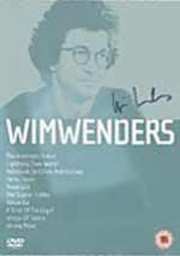


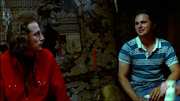





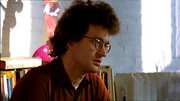



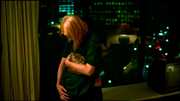
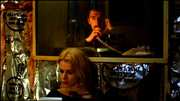

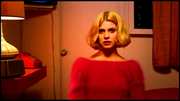





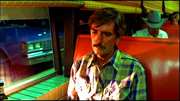



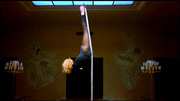

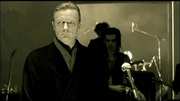
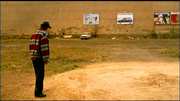
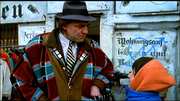
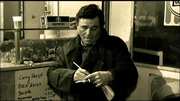
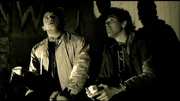
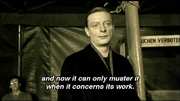
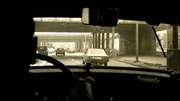
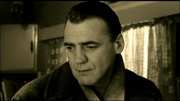
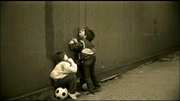
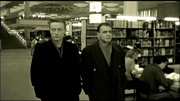
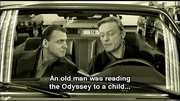
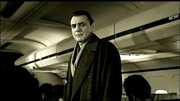
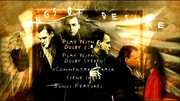

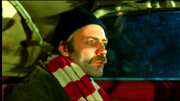
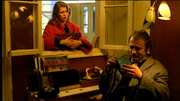
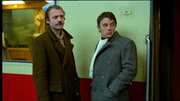


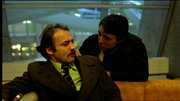

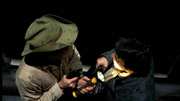

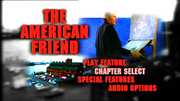
































Your Opinions and Comments
Be the first to post a comment!